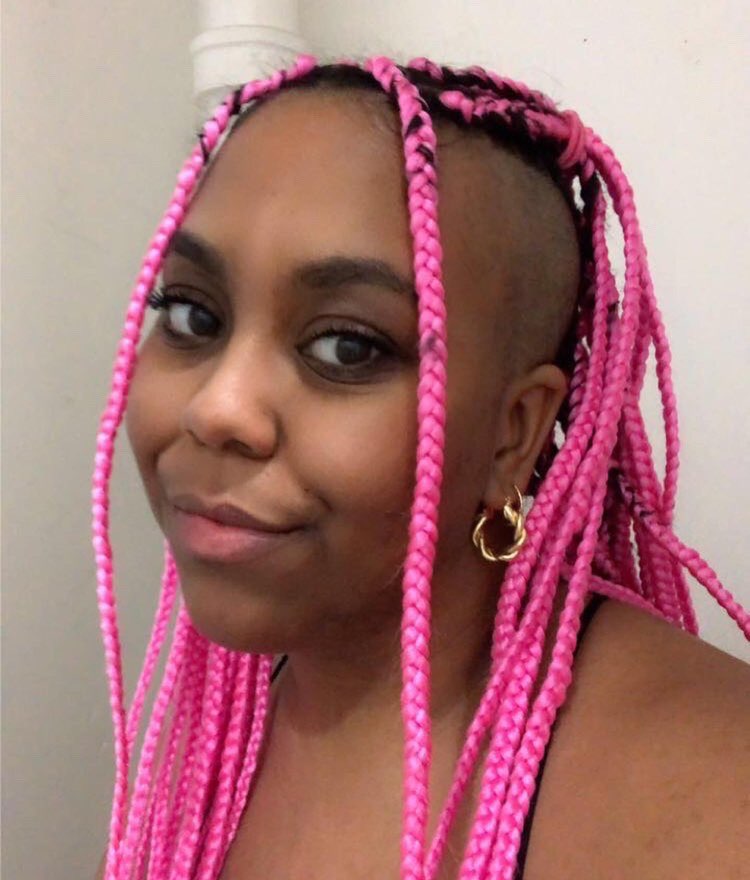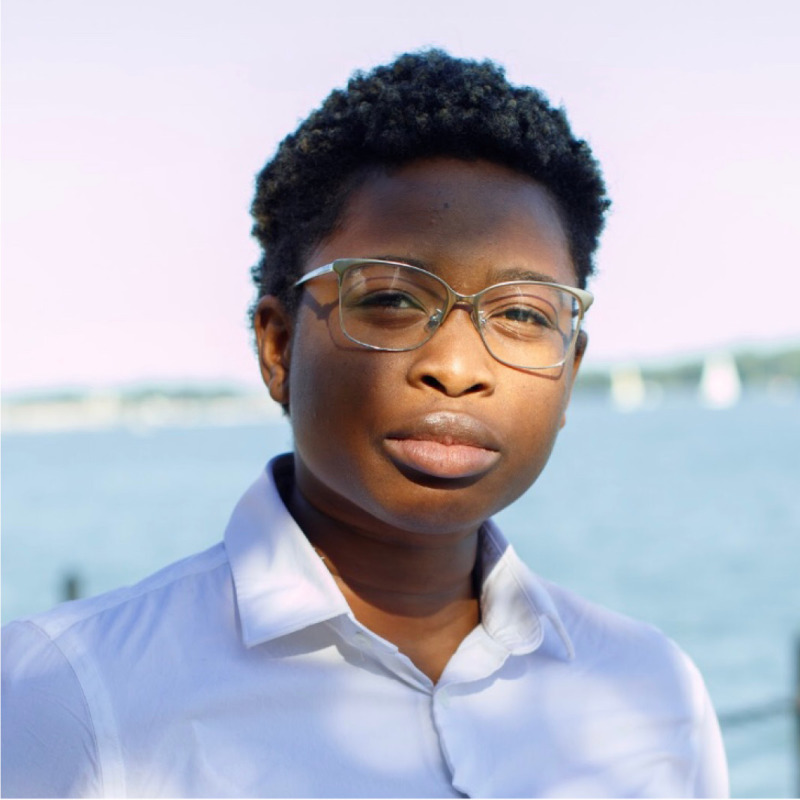5 Q’s with Alyssa Vernon

5 Q’s, 5 Femmes is a short series facilitated by writer Kemi King, interviewing five femme identifying artists; getting to know a little bit about them and their craft.
This interview is with Alyssa Vernon. Alyssa is a Queen’s University graduate in Gender Studies, with History and English teachables. As an educator, Alyssa strives to continually advocate for marginalized students and believes in the power of art as resistance, paired with anti-oppressive education. As a collage artist, Alyssa has brought collaging into all of her classrooms, and she also founded the Queer Collage Collectives (QCC), formally know as Queen’s Collage Collectives.
This interview has been edited for clarity and length.
Hello. I am here with Alyssa Vernon. Alyssa, I know that you’re a teacher and a collage artist. What else? What else is going on in that wonderful life of yours?
So currently I’m also a youth counsellor and programmer at the Boys and Girls Club in Kingston in the west end. So I work with youth grades seven to twelve and I do after school programming for them and sometimes on the weekend. And so we run healthy programs, sports leagues, etc. It’s been great working with them. I’m also currently employed with the Limestone District Schoolboard as a Black youth mentor and tutor, so that will be starting up this month as well.
I’m also an aspiring DJ. This is recent, so I’m going to start seeing if I can get like a little fun loop—whenever they’re called. I don’t even know what they’re called but I want to learn.
Yeah, that’s so cool! Wow, okay: teacher, artist, and musician. One of the first things I knew about you was QCC. What inspired you to start that?
Yeah so Queen’s Collage Collectives, QCC, started in 2018, my second year of university. I’m from Hamilton, Ontario and in Hamilton there’s an awesome, amazing, inspiring collage artist. Her name is Stylo Starr and she ran her own drop-in collage events called ‘collage chat chillins.’ That kind of inspired the vibe of me hosting collage events, but I also wanted to fill the gap of having an art-based anti-oppression space on Queen’s campus. So we kind of mix that drop-in, chill community, creating art vibe with learning about anti-oppressive pedagogies and events and histories.
You’ve graduated, congratulations. What is happening to the club now that you’re out of Queen’s?
We are no longer Queen’s Collage Collectives. We’re now Queer Collage Collectives, because we are done with that institution. So we’re focusing more on engaging with folks from the Kingston community as well as people from Queen’s as we’re mostly known by Queen’s folk. However, we just finished the series with Stone City Ales and that was happening throughout the month of August. We just did some collaging with queer vibes continuing to celebrate pride since we have pride twenty four seven, not just one month. So: Queer Collage Collectives.
Of course we are not a club only for queer people but it is a Collectives spearheaded by queer folk. And we want to keep that in the history of wherever we’re going moving forward.
That’s sweet! You’ve already kind of touched on this but where do art and social justice interact for you personally? Within your own work.
Let’s talk about QCC and then my own work. When I’m making, what they’re called collage kits, a page of aesthetic images that have to do with whatever theme for an event, if I am curating, I have a job to do. In terms of what I’m including in the collage kit regarding representation. I need to make sure that I’m including depictions of people from several races and different body types, abilities, sexualities, etc. Of course, if you see a picture of a person you can’t really just assume they’re XYZ, right? But it’s all about that representation for people who aren’t really represented in collaging when you’re working from magazines.
Most of the time it’s a lot of white people, a lot of able-bodied people, lots of men posing with women provocatively. It’s a lot of those normative things that I kind of want to stray away from and make sure that the folks who are coming to my event, who are majority queer, neurodivergent—I want to make sure they don’t feel othered within the space.
In my own personal art, it all stems from my experience as a queer Black femme, especially through collage. I am trying to express my Black womanhood, whether I’m thinking about histories and ancestral journeys… I might be using pictures of Black folk, Black women, and trying to connect them to the earth through imagery. I also take photos, so I like to collage the things I have a personal connection with. It makes everything more meaningful in the end.
Thank you for that. For our last question I was wondering what piece of media you would recommend to our readers and listeners.
When I was at Queen’s in gender studies we had to go to the Agnes Etherington art gallery and write an essay about Tao Lewis’ piece: when last you found me here. That was such an impactful thing to experience and to see her sculptures about our ancestors who were thrown off of slave ships. What if they were living, what if they were mermaids, what if they had all these secrets within them? Only Black people get to know what those are right? I saw then a couple years later, this book called The Deep by Rivers Solomon and that’s literally what it’s about. The Black folk that were thrown off slave ships in turn survived and became a mermaid colony. It’s about ancetsral Black queer mermaids. It is a great book about who is burdened with one’s history. We all have to share that burden together and teach each other. Keep each other informed of where we’ve come from and where we’re going—that’s survival.
Keep up with Alyssa here.
